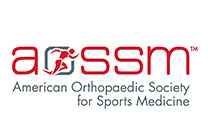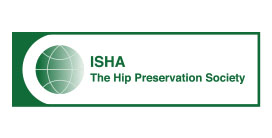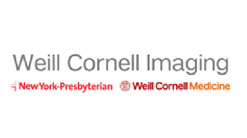
Imagine a life where every step you take is a reminder of a battle inside your body in which the bones that support you are under siege. This is the reality for those facing Hip Avascular Necrosis (AVN), a condition that disrupts the life-giving blood flow to the hip bone, leading to the death of bone tissue and the looming threat of joint collapse. Below are the risk factors and strategies for prevention.
Risk Factors for Avascular Necrosis of the Hip
Anything that limits blood flow to the hip is a risk factor, such as:
- Steroid Use: Prolonged or high-dose corticosteroid use can interfere with blood flow to the bone.
- Alcohol Consumption: Excessive alcohol intake can cause fatty deposits to form in blood vessels, reducing blood flow.
- Smoking: Smoking narrows the blood vessels thus limiting blood flow to the bones.
- Trauma: Injuries such as hip dislocations or fractures can damage nearby blood vessels.
- Medical Conditions: Certain diseases like sickle cell anemia, HIV infection, leukemia and lupus are associated with a higher incidence of AVN.
Prevention Strategies for Avascular Necrosis of the Hip
Preventing AVN involves addressing the risk factors:
- Limit Steroid Use: If steroids are recommended for a particular condition, use the lowest effective dose for the shortest possible time.
- Protect Your Hip: Use protective gear such as padding to reduce the risk of hip injuries.
- Exercise: Regular, low-impact activities like swimming or cycling can improve joint health without excessive strain.
- Nutrition: A balanced diet rich in calcium and vitamin D supports bone health.
- Quit Smoking and Reduce Alcohol Consumption: This may help to improve blood flow to the joint.
- Regular Check-Ups: Early detection of hip AVN may allow the condition to be treated conservatively. At a later stage of the disease, surgeries such as core decompression and orthobiologics or a joint replacement may be necessary. In fact, 10% of all hip replacements are performed to treat AVN.1
Hip AVN in young adults can be a debilitating condition, but understanding the risk factors and implementing prevention strategies can significantly reduce the risk of occurrence. If you're experiencing hip pain, visit our office for an accurate diagnosis and expert treatment tailored to your needs.
If you or a loved one suffers from debilitating hip pain, reach out to experts at the Hip and Groin Center. Dr. Bharam’s expertise and team has led him to develop specialized treatments for this condition.
AUTHOR: Srino Bharam MD, MBA is a board-certified, fellowship-trained sports medicine orthopedic surgeon and professor of orthopedic surgery specializing in the treatment of athletic injuries of the hip and groin. Dr. Bharam has over 20 years of experience in treating injuries and conditions of the hip to restore athletes and patients to an active lifestyle.
1. https://www.yalemedicine.org/conditions/avascular-necrosis-of-the-hip












